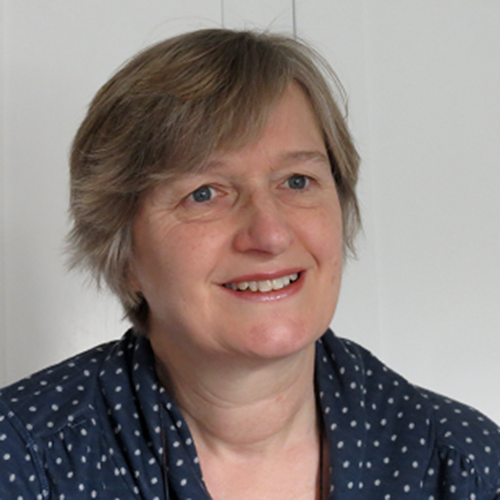Issue 87: speaking activities; grammar teaching; technology and more
It is a common lament of teachers that students successfully complete grammar and vocabulary exercises in class, but then seem unable to replicate that success when called upon to use the same language in free speaking and writing activities. Several contributors to Issue 87 of ETp highlight this problem and offer strategies and solutions for dealing with it.
In our main feature, Ken Lackman outlines the method he uses to enable his students to get the most out of speaking activities. He ensures that every student gets multiple opportunities to practise and perfect the language they are trying to use and that feedback on each student’s performance contributes to everyone’s progress. Ken’s talk at this year’s IATEFL conference in Liverpool caused quite a buzz, so take a look at this article to see what his CAT technique involves.
Chris Payne relates how the problem of the lack of transfer of linguistic knowledge from one context to another was identified back in 1929 and given the name the ‘Inert Knowledge Problem’. He advocates a strategy of noticing and analysis in grammar teaching to improve the students’ understanding of the way in which language works.
Noticing is also the technique recommended by Handoyo Puji Widodo and Andrzej Cirocki – in their case, applied to academic writing. They maintain that if students are able to identify the features of academic text, they will be better able to apply them to their own work. This article will be followed in Issue 88 with some practical ideas for getting your students noticing the structure and characteristic language of academic discourse.
Knowing what language has been successfully learnt and what hasn’t is the focus of Magnus Coney’s article, the fourth in his ‘From research to reality’ series. He puts forward a convincing case for testing as a means of teaching, believing that tests give students an opportunity to try out what they have learnt and find out whether they really know it or not. As such, tests are an aid to ensuring long-term internalisation of language, rather than simply a means of assessment.
Nestor Kourtizidis and Tim Chase demonstrate how technology is coming to the rescue of those students who want to make their revision more targeted and effective. They recommend ‘spaced repetition’ activities and explain how new technologies are making these not only possible, but a highly efficient speed-learning method.
The key to successful retention of learnt language seems to lie in making the students’ study of new vocabulary and structures more focused and deliberate, and I am reminded that these words were also used by Jeremy Harmer in a talk at the IATEFL conference, where he described asking successful musicians about how they learnt difficult passages of music – with a view to seeing how these techniques might be applied to language learning. They all, without exception, spoke of the need for concentration, focus and deliberate repeated practice of small sections of a score, rather than playing the whole piece all the way through a few times, ignoring the mistakes. So perhaps we may see a return to more focused practise of language – grammar drill, anyone?


Comments
Write a Comment
Comment Submitted